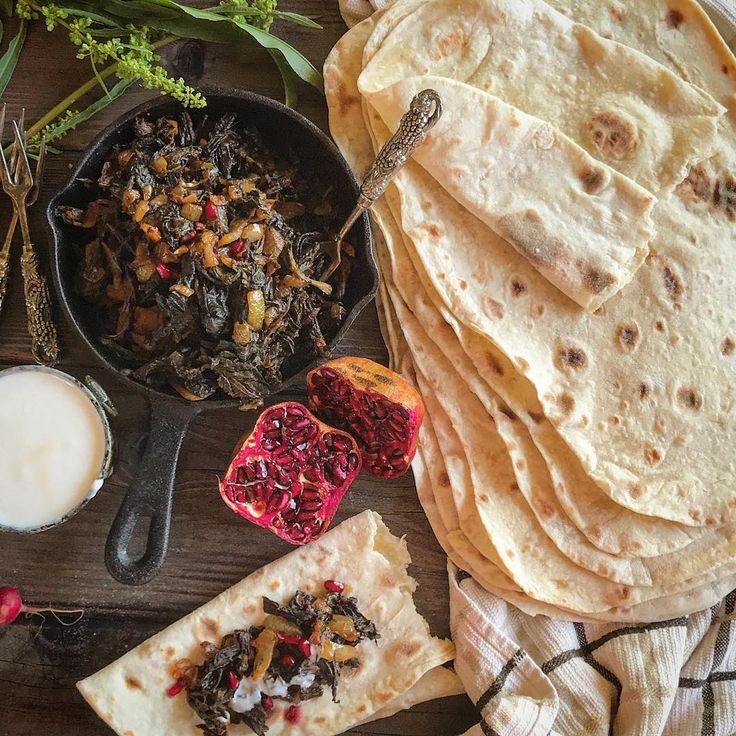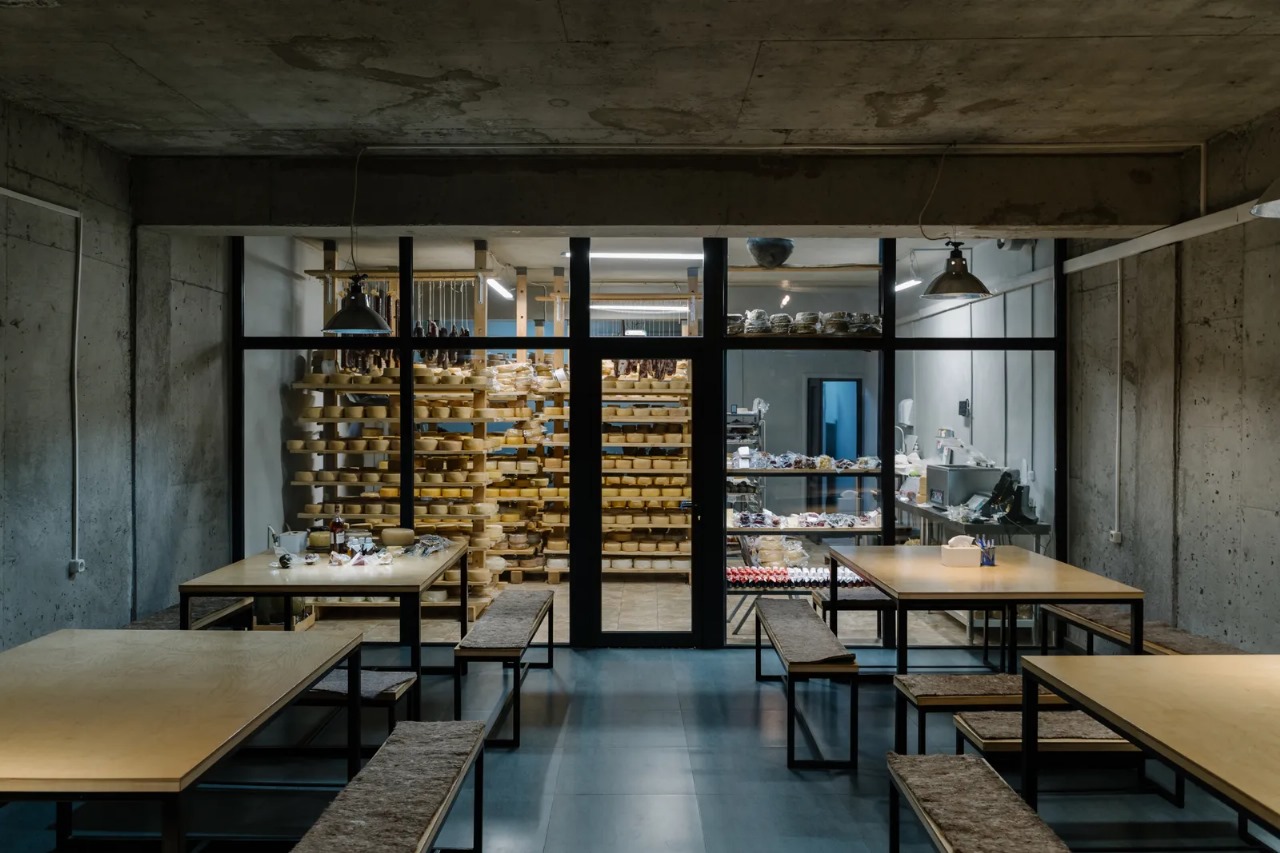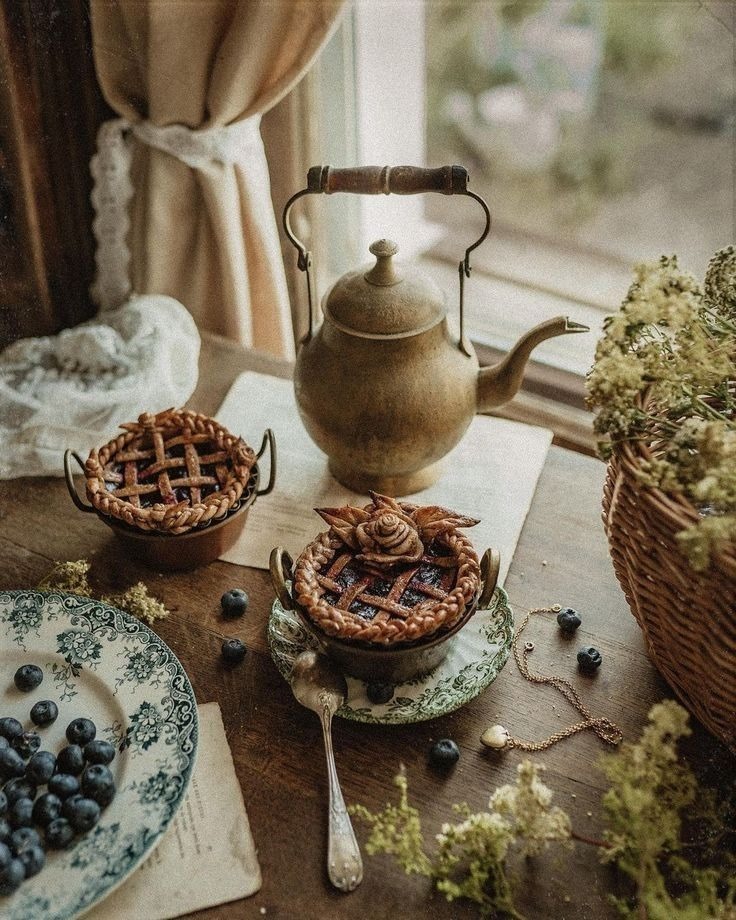Lavash: The Heart Of Armenian Cuisine
Traditional Armenian flatbread, lavash, symbolizes heritage, unity, and culinary versatility.


Armenian cuisine is rich in flavors, history, and tradition, with lavash at its center. More than just a staple food, lavash symbolizes solidarity, heritage, and hospitality. This thin, soft flatbread has been a cornerstone of Armenian households for centuries.
The History and Significance of Lavash
Lavash has a long history deeply rooted in Armenian culture. It has been a fundamental part of daily life, with its preparation passed down through generations. In 2014, UNESCO recognized lavash as an Intangible Cultural Heritage of Humanity, highlighting its cultural and social significance. The making of lavash is often a communal activity, reinforcing the bonds of family and community.
How Lavash is Made
Traditional Armenian lavash is made with just three ingredients: flour, water, and salt. Despite its simplicity, the process is an art form:
- Dough Preparation: The ingredients are mixed and kneaded into a smooth, elastic dough.
- Rolling and Stretching: The dough is rolled out and stretched by hand to achieve its characteristic thinness.
- Baking in a Tonir: The stretched dough is slapped onto the walls of a tonir, an underground clay oven, where it bakes quickly at high temperatures.
- Cooling and Storing: Once baked, lavash can be stored for months in its dried form and softened later by sprinkling with water.
Lavash in Armenian Cuisine
Lavash is a versatile component of Armenian cuisine:
- Wraps and Sandwiches: It is used to wrap meats, cheeses, and vegetables for convenient meals.
- Accompaniment to Khorovats: Armenian barbecue is traditionally served with lavash, creating flavorful wraps with fresh herbs.
- Dried Lavash: In its dried form, it is often broken into pieces and enjoyed with soups, dips, and stews.
More Than Just Bread: A Symbol of Armenian Heritage
Beyond its culinary role, lavash holds deep cultural significance. It is often used in ceremonies and celebrations, such as weddings, where it symbolizes prosperity and good fortune. Armenian families take great pride in their homemade lavash, which remains a cherished part of both everyday life and special occasions.
Lavash is more than just bread; it is a reflection of Armenian history, culture, and identity. Its enduring presence in Armenian life highlights the power of food in preserving heritage and fostering community. Whether enjoyed fresh or dried, lavash remains a beloved and essential part of Armenian cuisine.
Stay In The Know
Get exclusive access to fashion and beauty trends, hot-off-the-press celebrity news, and more.

Narine Karapetyan is a writer who explores the intersection of wellness, cuisine, and culture. Her work delves into the impact of food on health, the rituals behind global flavors, and the art of mindful travel. She brings fresh perspectives on how lifestyle choices shape well-being.
-
 Armenia’s New Culinary Vanguard: Women Chefs Making History
Armenia’s New Culinary Vanguard: Women Chefs Making HistoryDiscover innovative Armenian cuisine with chefs redefining traditions and flavors.
By Narine Karapetyan Published
-
 Sweet Indulgences: Exploring Armenian Desserts
Sweet Indulgences: Exploring Armenian DessertsExplore Armenian desserts: gata, pakhlava, churchkhela, and more sweet delights.
By Narine Karapetyan Published
-
 Armenia’s Ancient Winemaking Tradition Meets Modern Innovation
Armenia’s Ancient Winemaking Tradition Meets Modern InnovationArmenian ancient vines fuel wine revival, preserving heritage and terroir.
By Narine Karapetyan Published